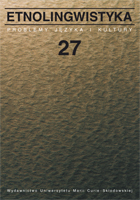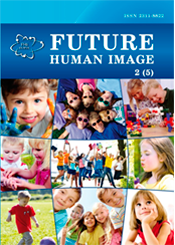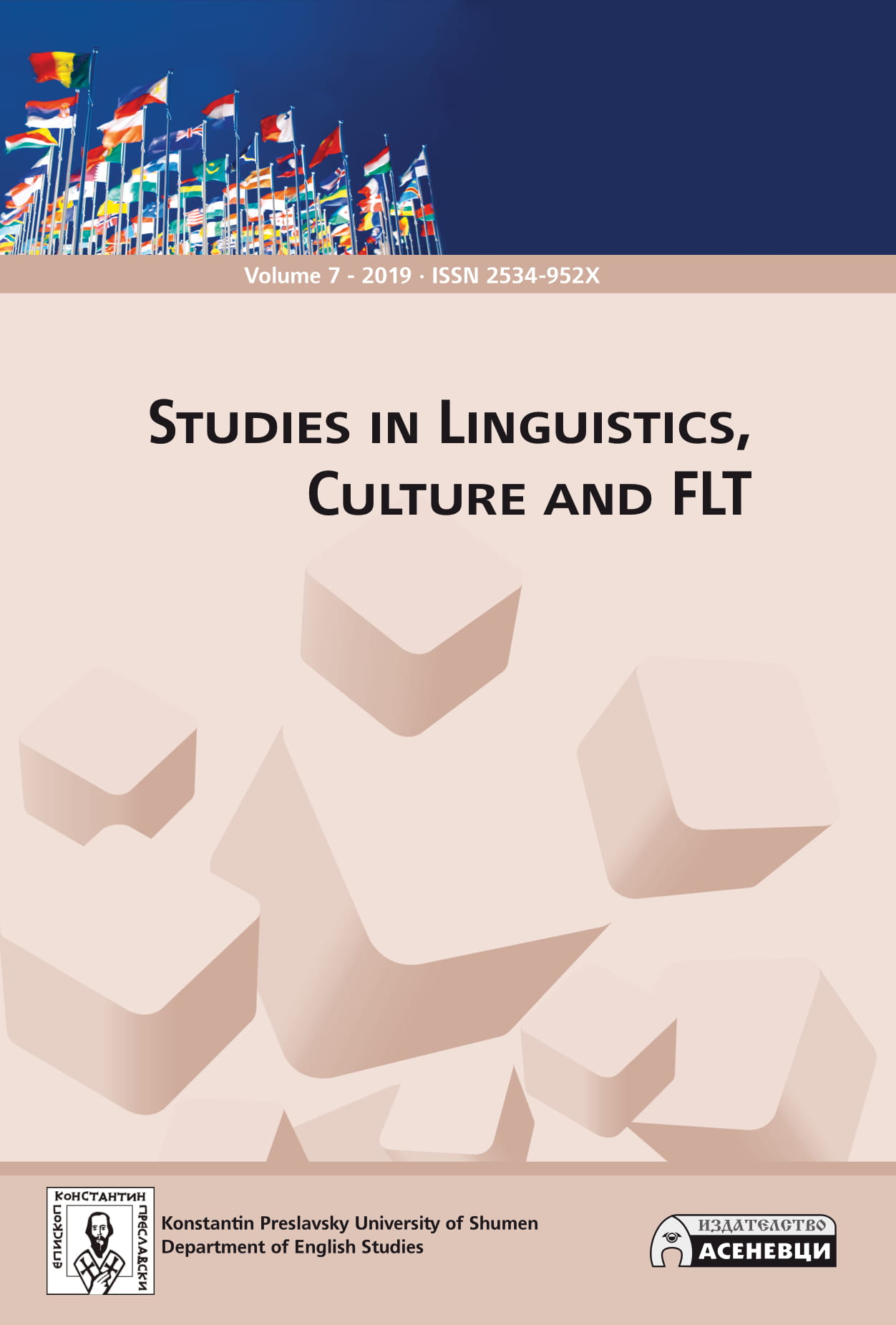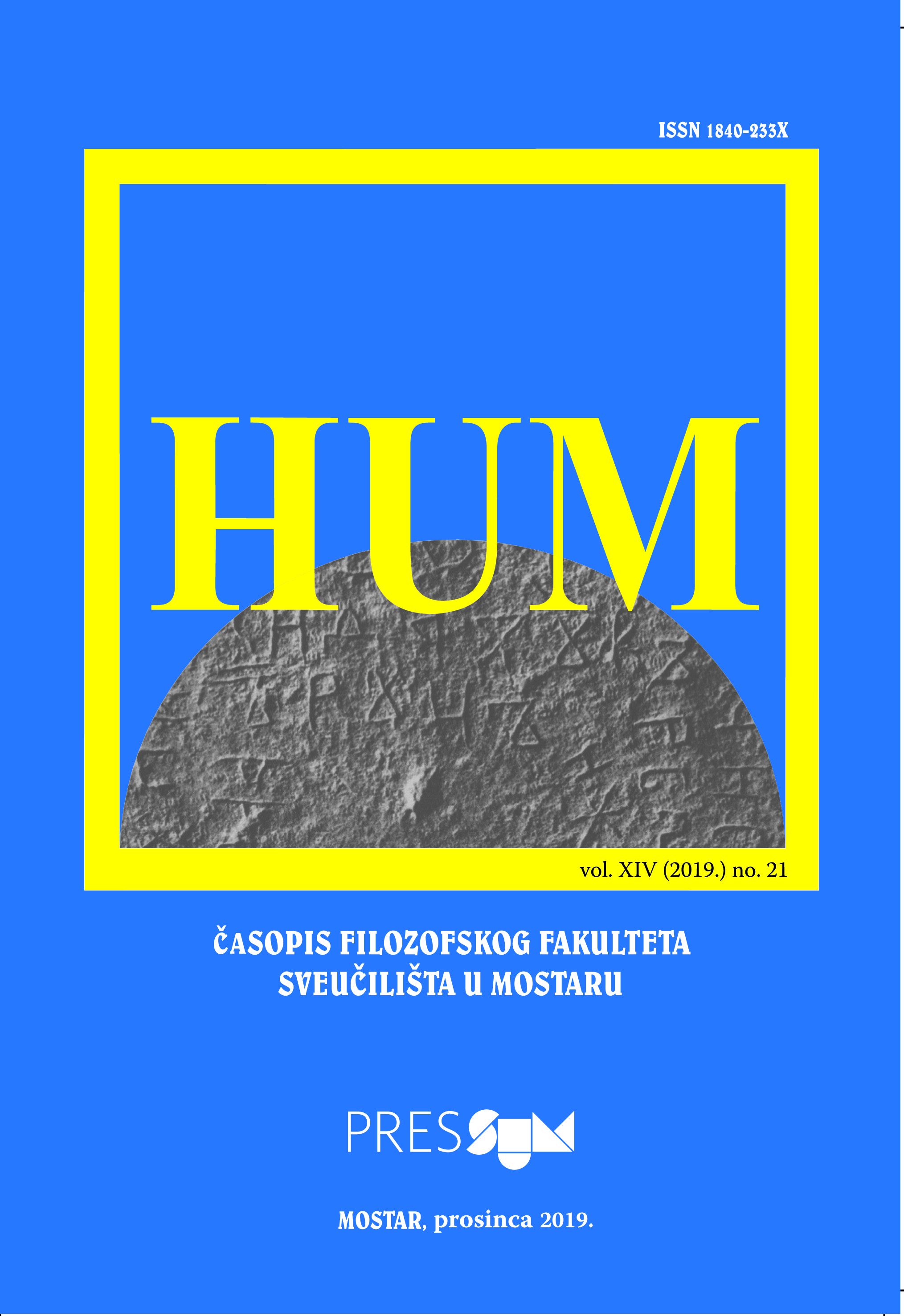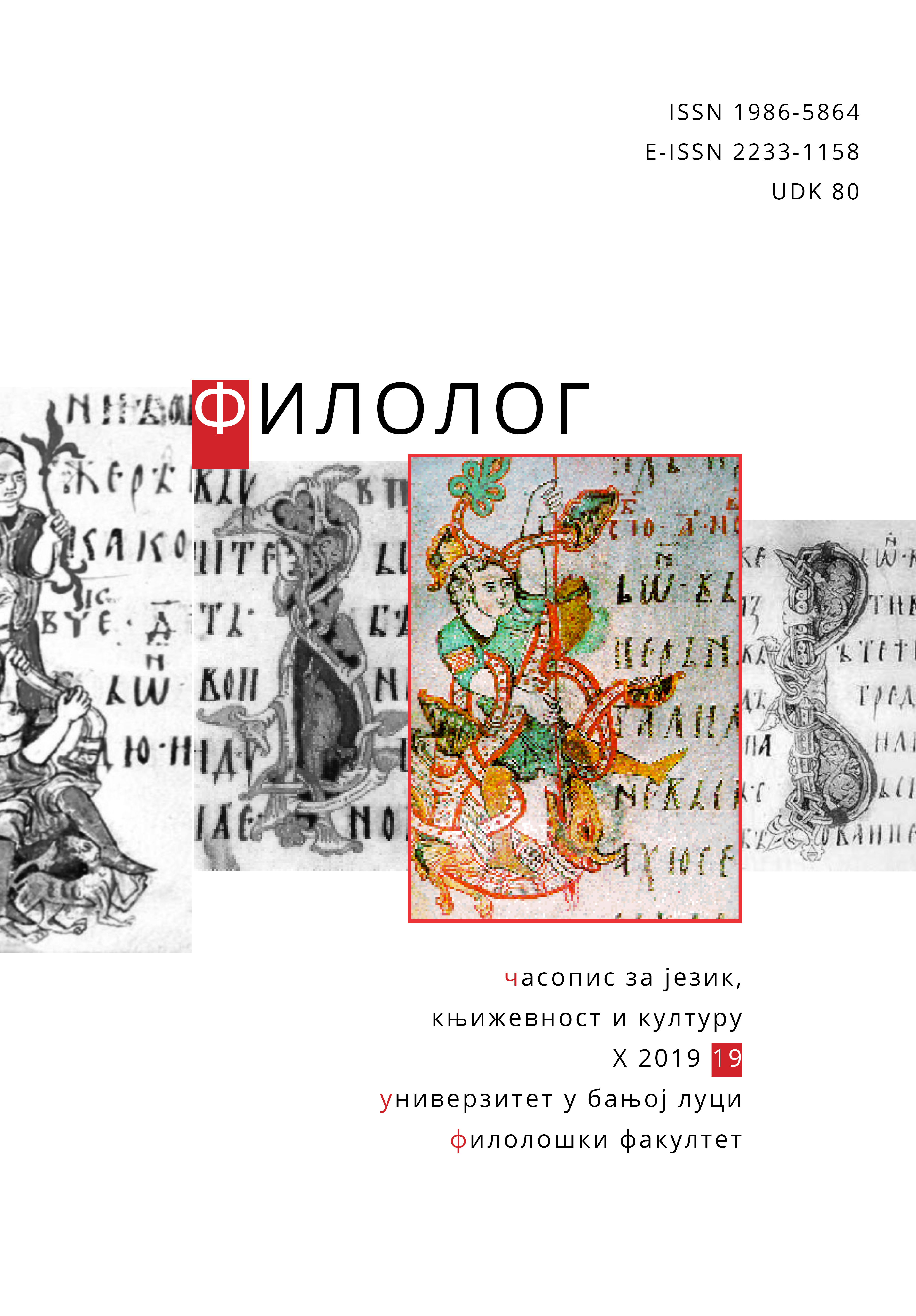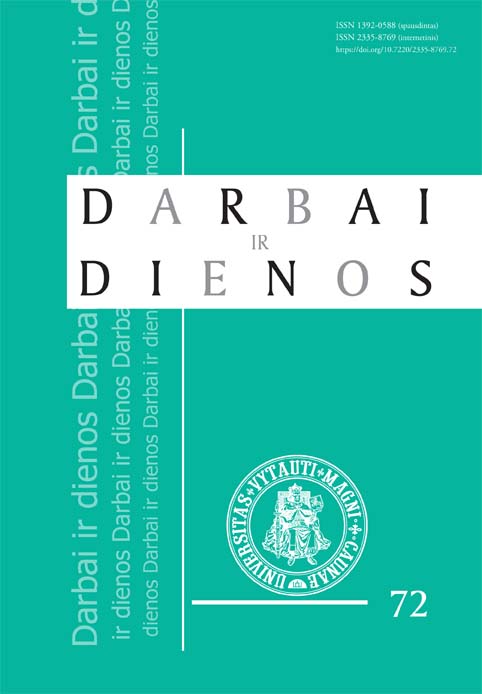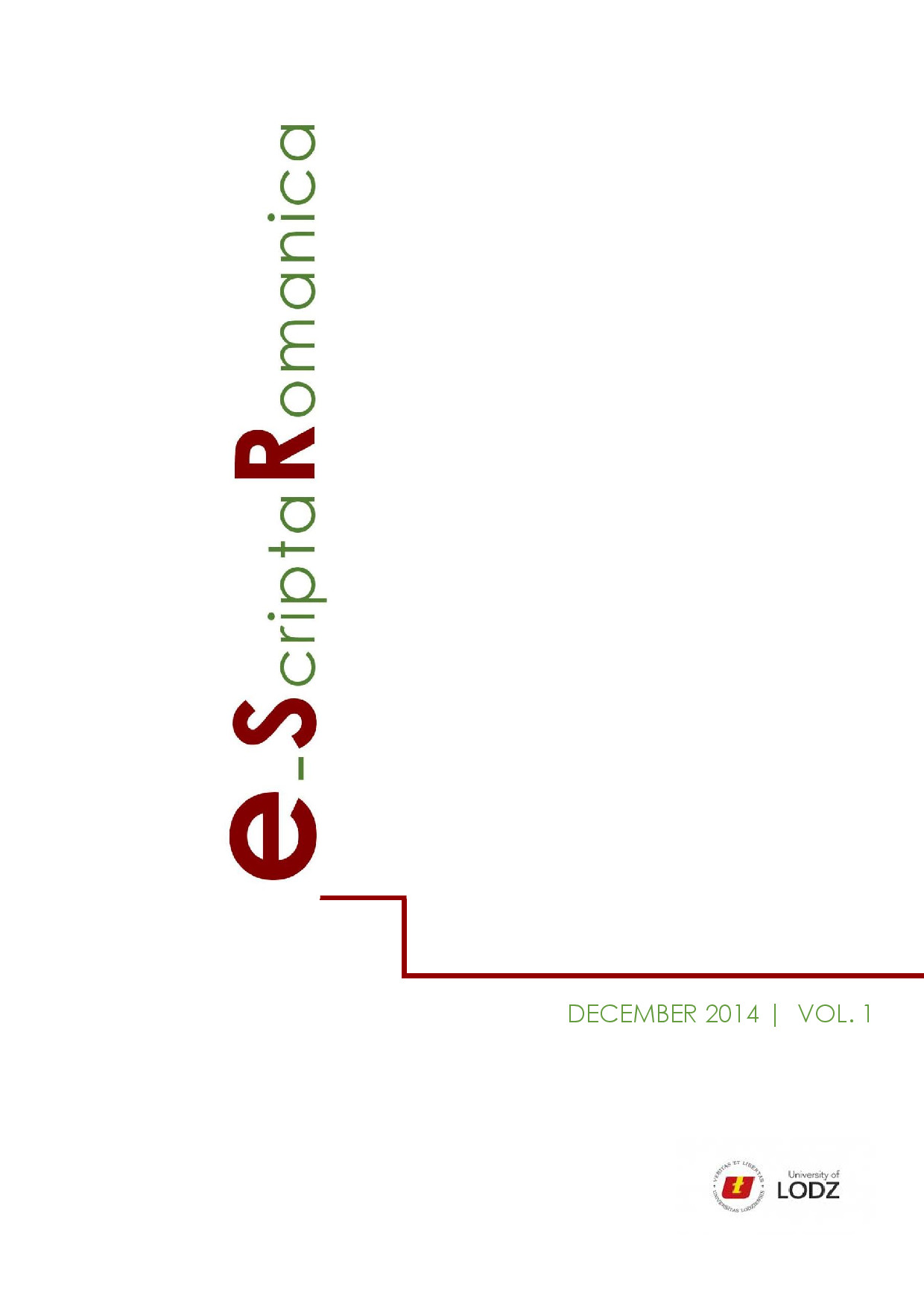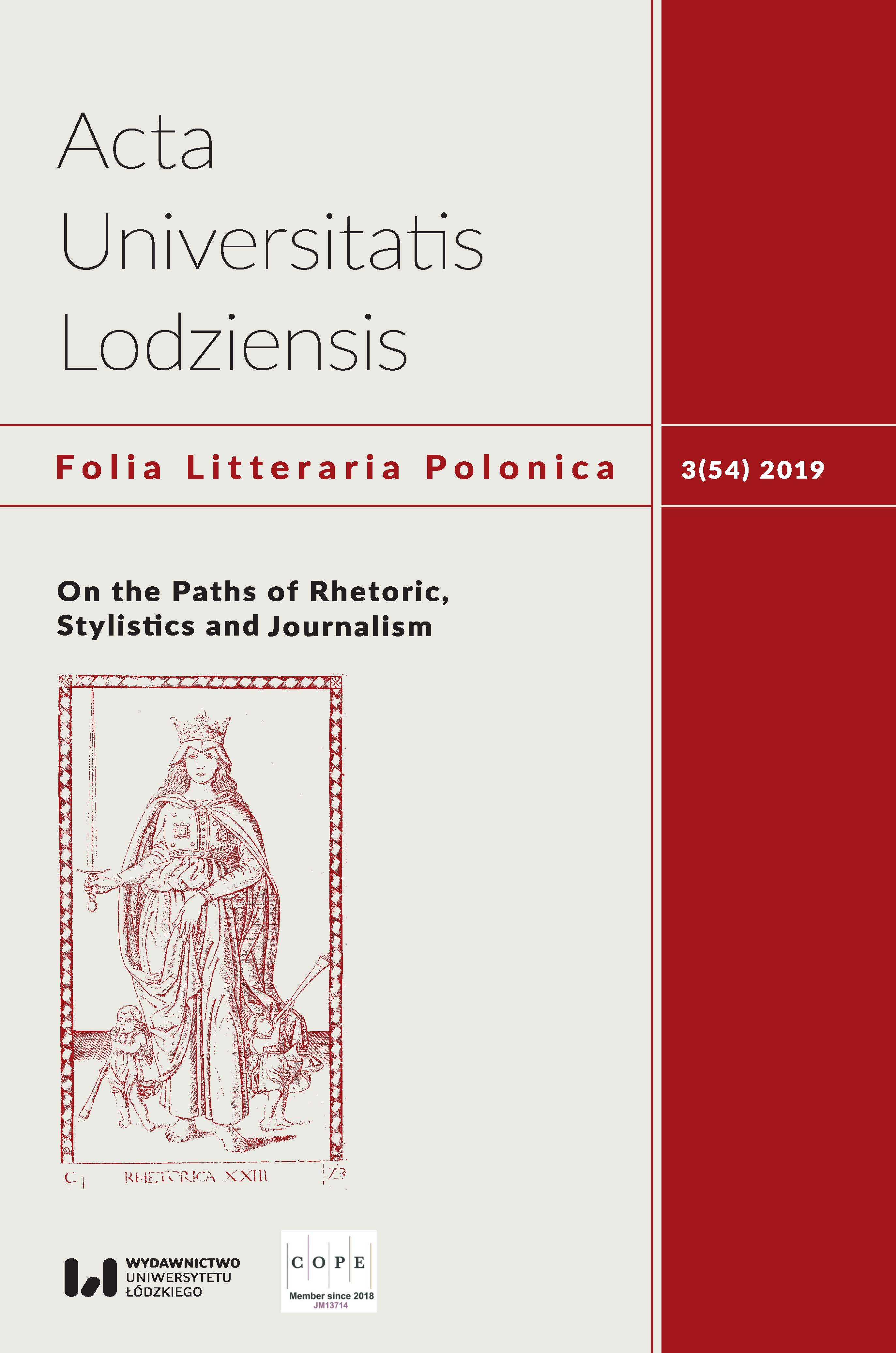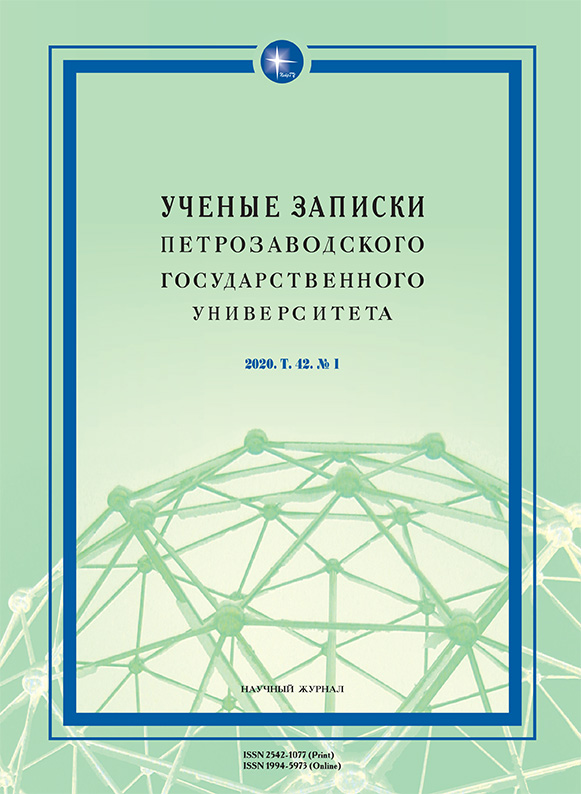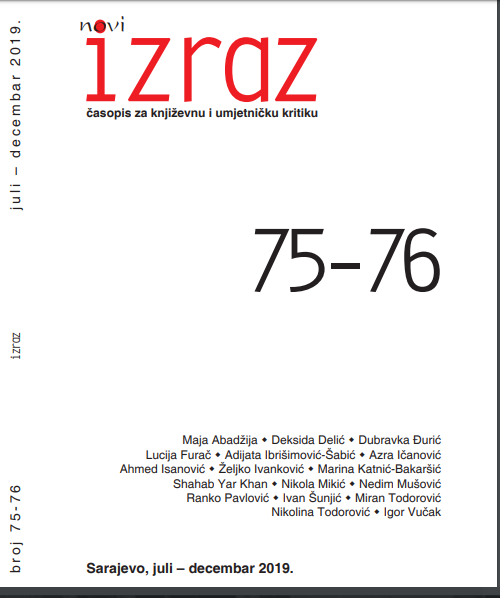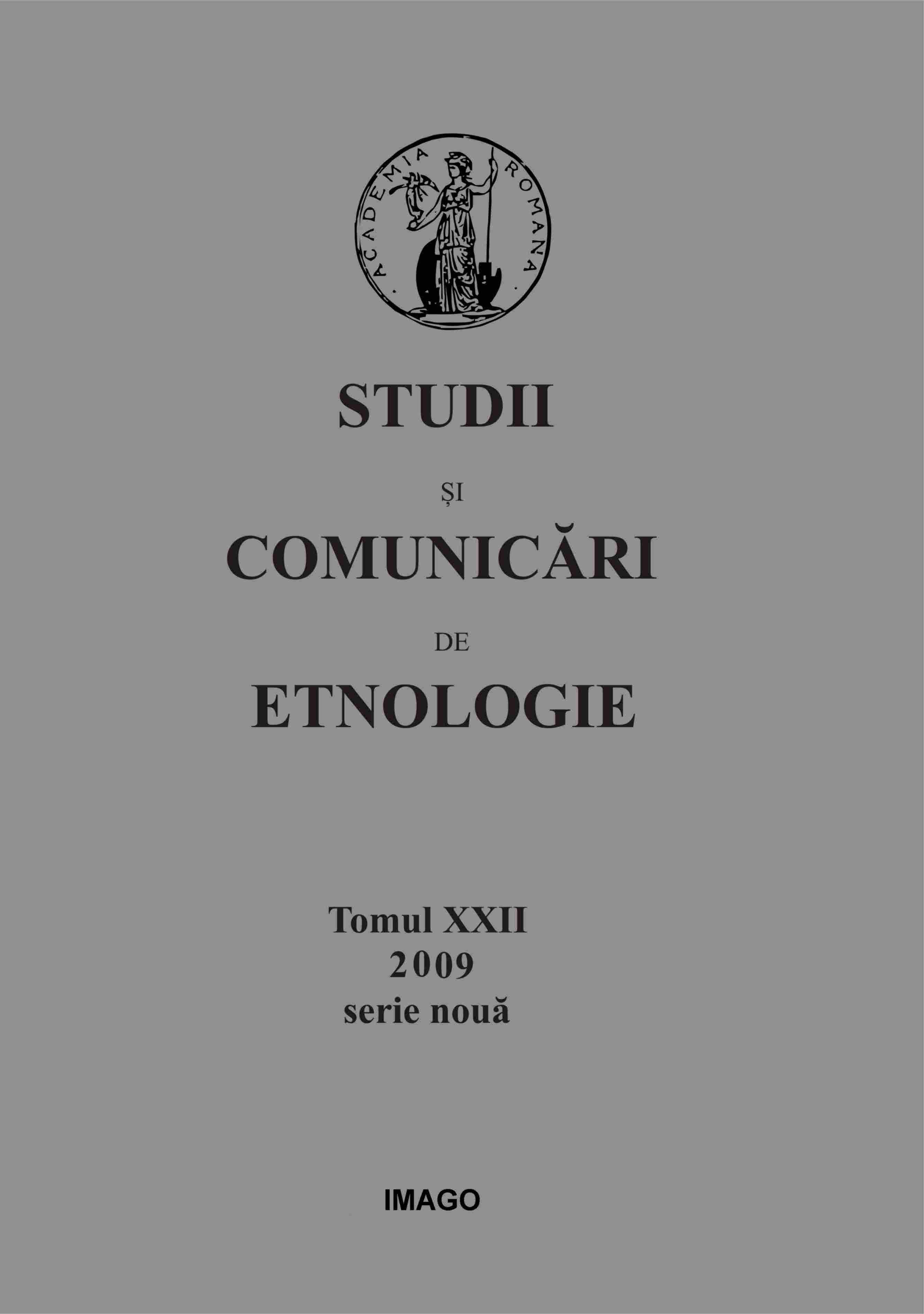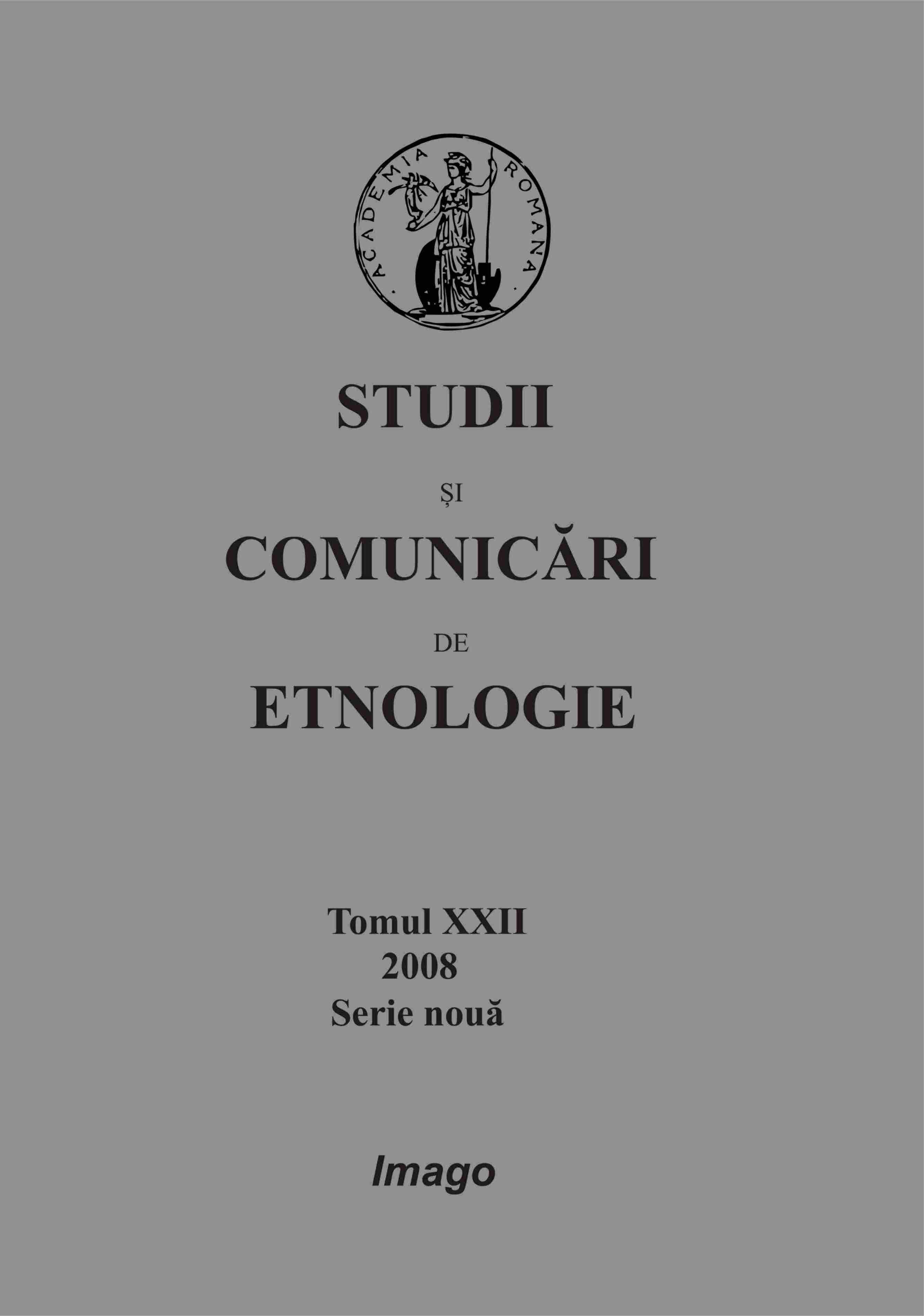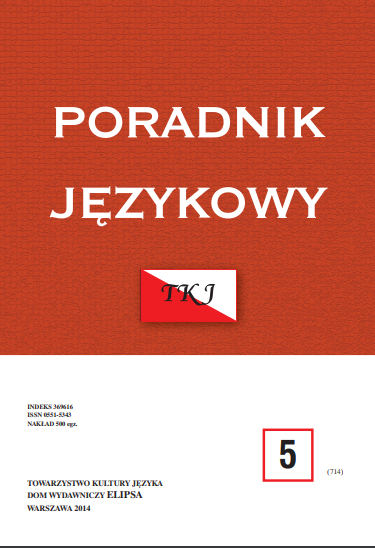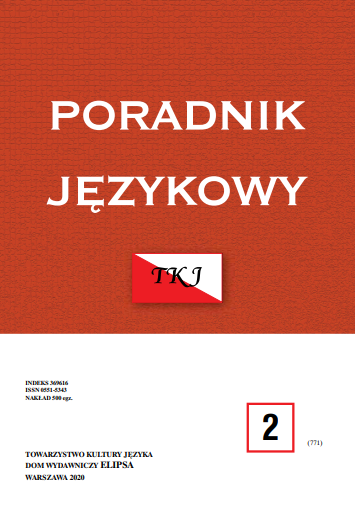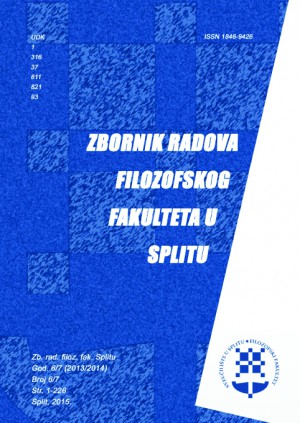Author(s): Sigrid Haldenwang / Language(s): German
Issue: 23/2009
Dialectul săsesc, care s-a vorbit, sub forma unor graiuri locale autentice, în aproximativ 240 de localități rurale, aparține graiurilor francone de pe cursul mijlociu al Rinului. Bazei vest-francone i s-au adăugat, în cursul colonizării în Transilvania, elemente din Germania centrală de Est și din Sudul Germaniei, cât și cuvinte preluate, în cursul unei îndelungate conviețuiri cu românii și maghiarii din limbile acestora. Lucrarea se referă, în primul rând, la sensurile cuvântului „pomană” în limba română, sensurile cuvântului în graiurile săsești fiind ilustrate prin exemple plastice dialectale. Totodată acest lexem apare și ca determinativ în cuvinte compuse, formarea substantivelor compuse fiind analizată și explicată. Lexemul “minune” este atestat ca substantiv, dar și ca adjectiv și adverb în graiurile săsești cu înțelesuri proprii, originale, preluând sensurile adjectivului „minunat„ din limba română. Adjectivul din graiurile săsești „minunati|“ este format de la adjectivul „minunat“ din limba română păstrându-și sensurile, precum „care surprinde, uimește prin frumusețe“, „excepțional, perfect, admirabil“; dar spre deosebire de limba română este folosit și substantivat, cu sensul de „ceva, de care te minunezi“. Exemplele dialectale săsești sunt localizate, așezările fiind redate integral la sfârșitul lucrării în limba germană și română. Împrumuturile din limba română imprimă graiurilor săsești o notă specifică, un surplus de plasticitate. Graiurile prelucrează tezaurul împrumutat, integrându-l în sistemul fonetic propriu. Integrarea unor cuvinte din limba română în graiurile săsești din Transilvania, în urma unei conviețuiri îndelungate în patria comună, este firească. Prin acest transfer de lexic, dialectul săsesc nu-și pierde caracteristicile unui dialect de proveniență vest-franconă.
More...
